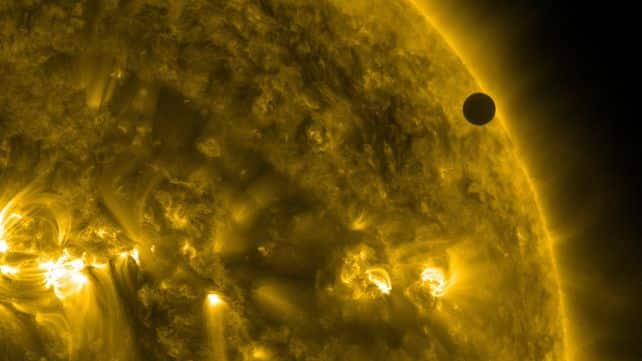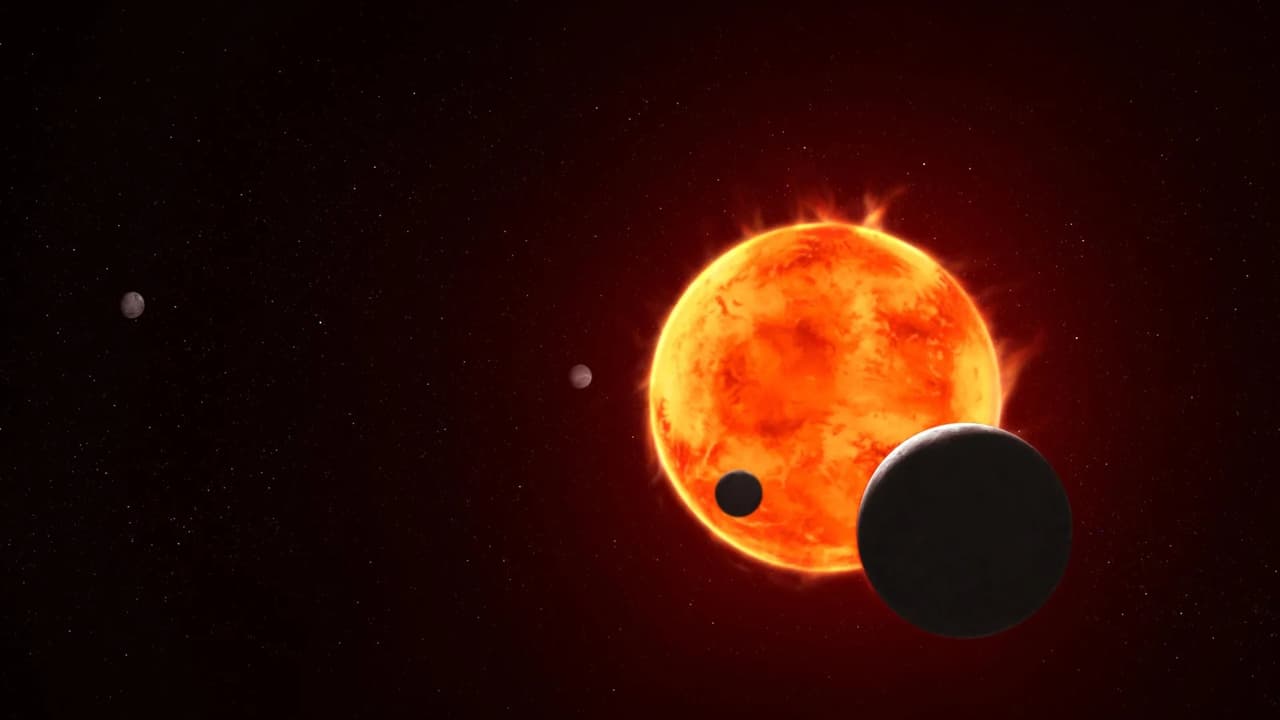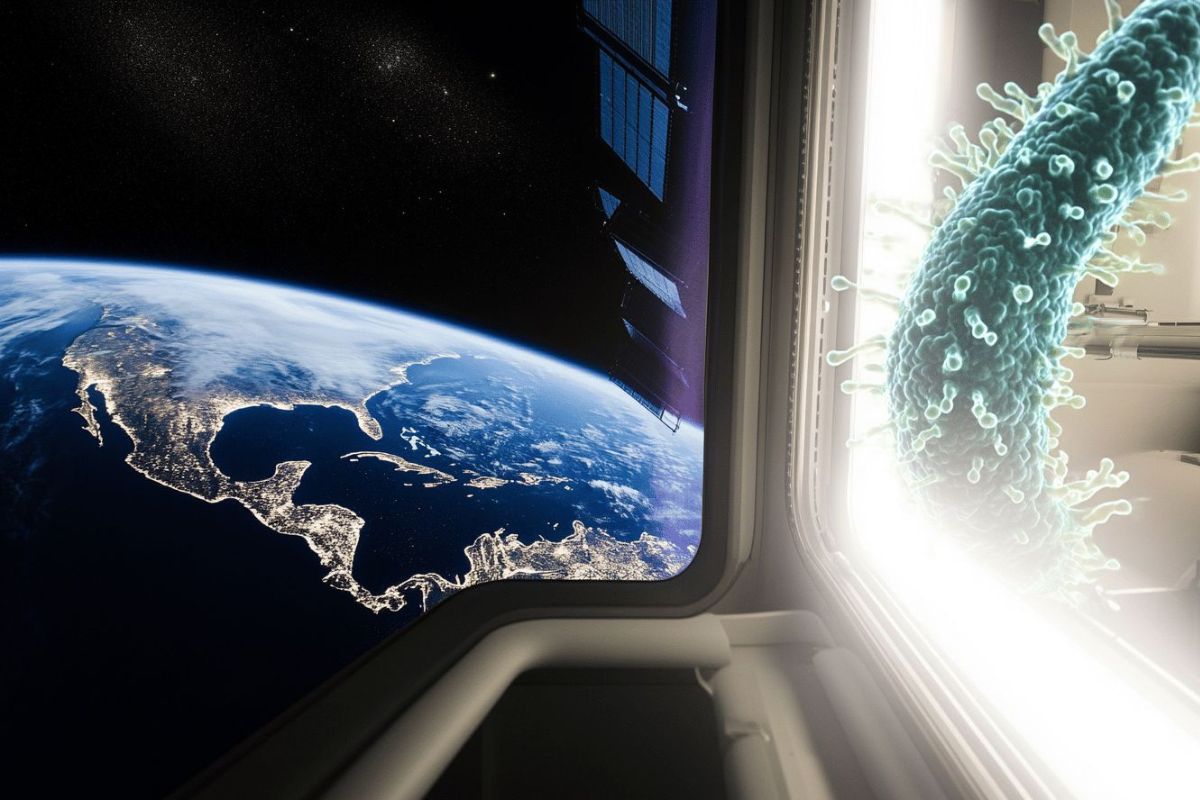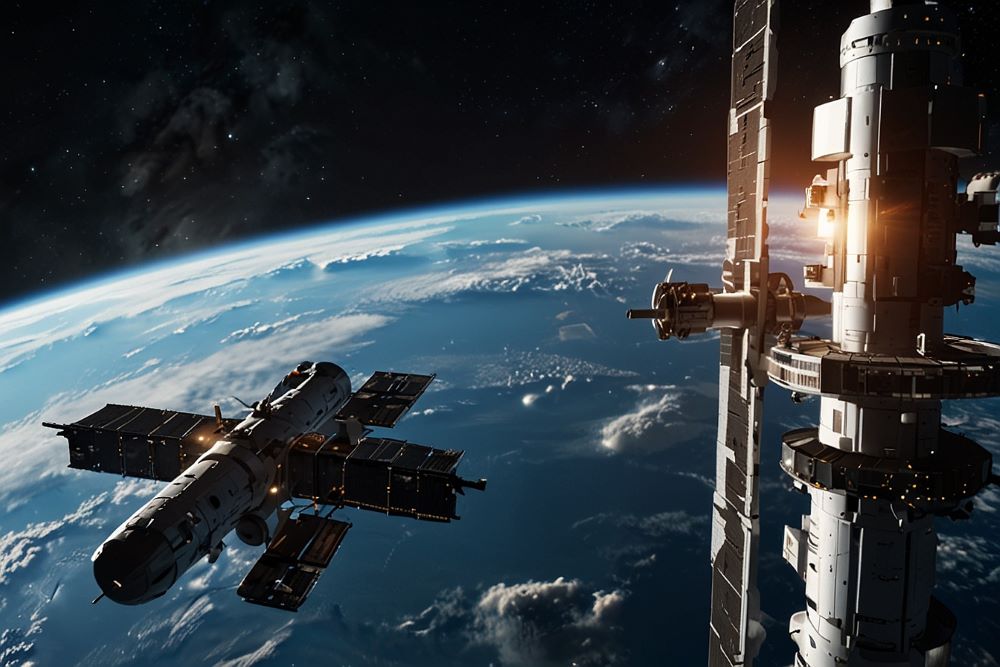Unbelievable Discovery: New Organics Found on Saturn’s Moon Could Hint at Life!
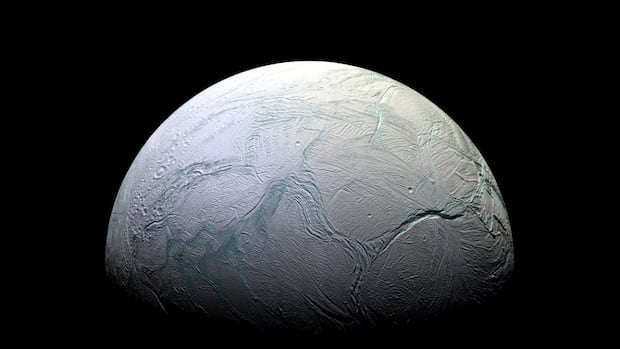
What if I told you that a tiny moon orbiting Saturn could potentially host life? Scientists have just made a jaw-dropping discovery in the icy geysers of Enceladus, revealing new types of organic compounds that enhance the idea that this ocean world might just have the right conditions for life.
The findings, unveiled on Wednesday, stem from observations made by NASA's Cassini spacecraft back in 2008 during its swift flyby of Enceladus. This small moon, one of 274 orbiting the majestic Saturn, has long been a frontrunner in the search for extraterrestrial life, thanks to its hidden ocean and the spectacular plumes of water erupting from its icy crust.
But hold your horses—while Enceladus might be habitable, scientists are not claiming that life actually exists there. As Fabian Klenner from the University of Washington and a contributor to this study puts it, “Being habitable and being inhabited are two very different things.” They believe Enceladus is a prime candidate for habitation, but whether life is actually present remains a mystery.
In a bid to dig deeper, an international team of researchers revisited the tiny ice grains that were encountered as Cassini zoomed through the moon's geysers. These fresh grains are notably younger than the older particles that ended up in one of Saturn's outer rings, providing a clearer perspective on the chemical compounds that might be present.
The Cassini spacecraft astonishingly captured images of these plumes shooting from Enceladus's icy surface, creating a dynamic image of one of our solar system's most intriguing bodies. As these new grains collided with Cassini’s cosmic dust analyzer at a staggering 64,800 km/h, the speed allowed the scientists to gather better insights into the chemical makeup of these organics.
Previously, organic molecules had been detected in older geyser grains, but their age raised concerns about whether they had been altered by space radiation over time. This time, not only did studies confirm the presence of the same molecules in the fresh grains, but new chemical compounds were also identified. The findings were published in the prestigious journal Nature Astronomy.
Enceladus is a fascinating world, barely 500 kilometers across, believed to harbor a rocky core and possibly hydrothermal vents on its ocean floor—think of the ones found in our Arctic oceans. Its jets of water vapor and ice particles can extend thousands of kilometers into the vastness of space.
“We are confident that these molecules originate from the subsurface ocean of Enceladus, enhancing its habitability potential,” commented Nozair Khawaja, the lead author from the Free University of Berlin.
Excitingly, scientists are now advocating for new missions to explore Enceladus further. Although the Cassini spacecraft has long been retired, having been intentionally plunged into Saturn in 2017 after a groundbreaking mission, the thirst for knowledge about this moon only grows stronger.
“Having a variety of organic compounds on an extraterrestrial water world is simply phenomenal,” Klenner remarked, adding to the excitement surrounding these findings.
Looking to the future, the European Space Agency is beginning to plan a mission to land on Enceladus, though it may be decades away. Meanwhile, China has also proposed a similar landing mission. NASA, on the other hand, has its sights set on another fascinating target: Jupiter’s moon Europa. The Europa Clipper, set to orbit Jupiter in 2030, will engage in numerous flybys to uncover the secrets of this icy world, while the ESA is sending its JUICE spacecraft to explore Europa and two other moons possibly hiding underground oceans.
“Underground oceans on moons are perhaps the best candidates for the emergence of extraterrestrial life in our solar system. This work only confirms the need for further studies,” noted Nigel Mason, a physics professor at the University of Kent and a voice of authority in the field.















